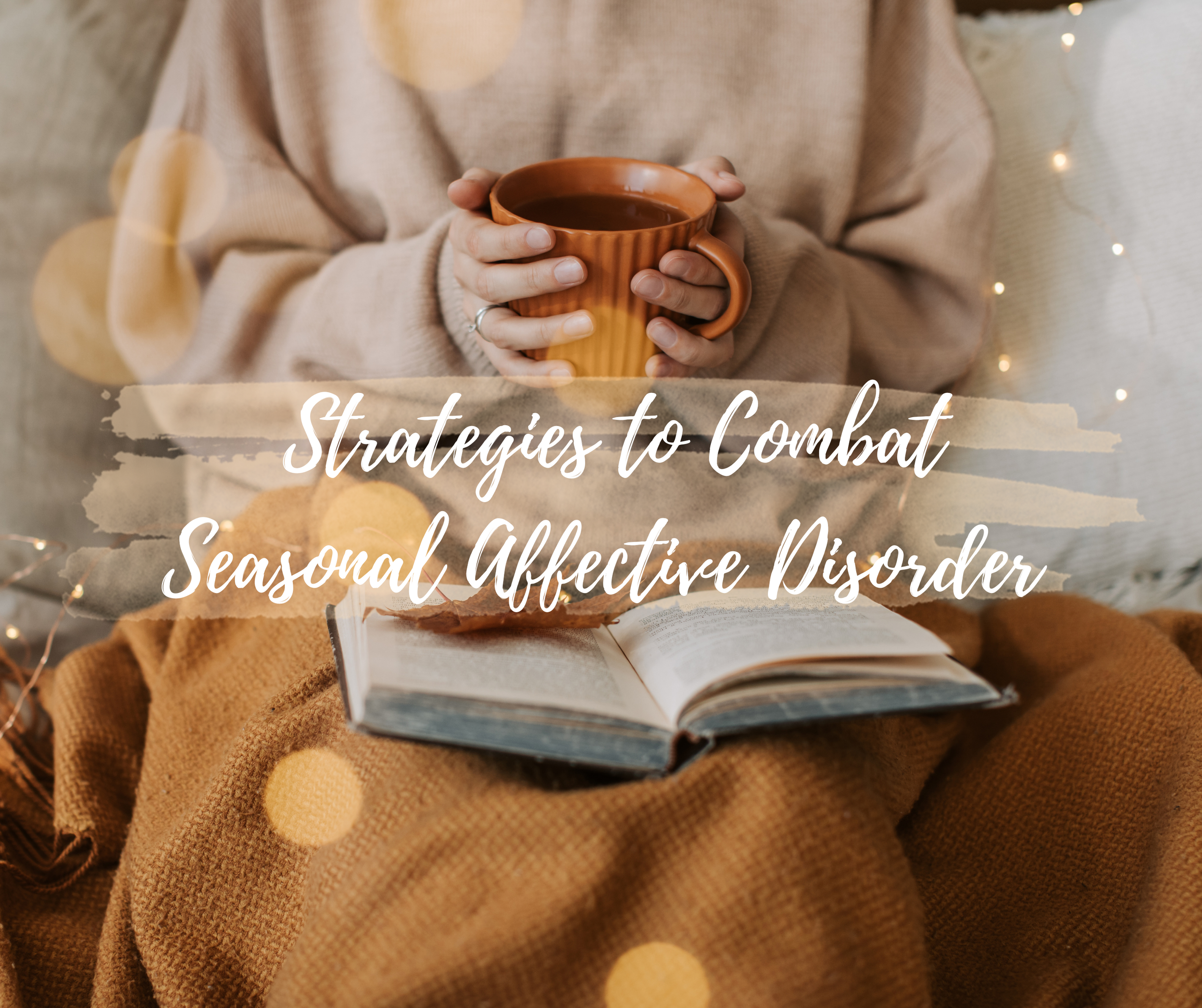Brightening the Blues: Strategies to Combat Seasonal Affective Disorder
Depression has been recognized for thousands of years as one of the most identifiable psychological disorders. As far back as 400 B.C., the physician Hippocrates wrote about "melancholia," the ancient Greek term for depression. In his findings, he details many symptoms that remain relevant today. Distinct from ordinary sadness, depression is characterized by persistent symptoms lasting at least two weeks. These symptoms may include feelings of hopelessness and emptiness, a diminished interest in activities, changes in appetite, disrupted sleep patterns, low energy, difficulty concentrating, and, in some cases, irritability or agitation.
There are environmental and genetic links to depression. Individuals with first-degree relatives who have experienced depression face a 2-4 times higher likelihood of developing the disorder themselves. Stressful life events and metabolic dysfunction can also trigger depressive episodes. Additionally, women are statistically at a greater risk of experiencing depressive episodes more frequently throughout their lives. As we approach winter, it’s essential to recognize that certain seasons can exacerbate depression, leading to a subtype known as Seasonal Affective Disorder (SAD).
SAD typically manifests during specific times of the year, often in the fall or winter, with symptoms receding in spring and summer. Those living in northern latitudes, females, and individuals aged 18-30 are at increased risk. A key characteristic of SAD is sleep disturbance; while many people naturally sleep more during winter months, individuals with SAD often experience disrupted sleep quality.
There are various treatment options for SAD, which include light therapy, antidepressants, cognitive behavioral therapy, and increasing exercise. Research indicates that phototherapy significantly enhances mood and sleep quality in individuals facing fall and winter depression. A randomized controlled trial by Partonen and his team revealed that combining physical exercise with bright light therapy effectively improves mood during the winter months, with participants exercising 2-3 times per week over an eight-week period. Another study published in the Journal of Clinical Psychiatry tracked 98 participants over eight weeks and found that both bright light therapy and exercise significantly alleviated depressive symptoms.
Incorporating nutritional considerations into the treatment plan for individuals with Seasonal Affective Disorder (SAD) is crucial. During winter months, many people with SAD tend to gravitate toward carbohydrate-rich foods, particularly sweets and starchy items. This increased carbohydrate intake has been linked to more severe depressive episodes compared to healthy individuals.
A 2017 study published in Neuropsychobiology explored the relationship between vegetarianism and Seasonal Affective Disorder (SAD) among populations in Finland and the Netherlands. The findings revealed that vegetarian individuals in Finland were at a fourfold increased risk of SAD, while those in the Netherlands faced a threefold increased risk. Regardless of your diet, information is power. It is important to assess if you have any underlying nutritional deficiencies or metabolic concerns. Addressing these factors may enhance outcomes and alleviate symptoms of the winter blues. If you're experiencing Seasonal Affective Disorder, don’t hesitate to reach out to one of our physicians at Rooted Energy Women. We can work together to develop a strategy to boost your mental well-being!
References: 1. American Psychiatric Association. (Eds.). (2020). The American Psychiatric Association publishing textbook of psychiatry (7th ed.). American Psychiatric Publishing.2. Anderson, J. L., Rosen, L. N., Mendelson, W. B., Jacobsen, F. M., Skwerer, R. G., Joseph-Vanderpool, J. R., Duncan, C. C., Wehr, T. A., & Rosenthal, N. E. (1994). Sleep in fall/winter seasonal affective disorder: effects of light and changing seasons. Journal of psychosomatic research, 38(4), 323–337. https://doi.org/10.1016/0022-3999(94)90037-x3. Ciesielczyk, K., Pracka, D., Pracki, T., Tafil-Klawe, M., & Ziółkowska-Kochan, M. (2004). Zmiany jakości snu i poziomu nastroju pod wpływem fototerapii u pacjentów z choroba afektywna sezonowa ChAS [Changes of sleep quality and mood disorders under the influence of phototherapy in patients with seasonal affective disorders SAD]. Psychiatria polska, 38(6), 1105–1114.4. DeRubeis, R. J., & Strunk, D. R. (Eds.). (2017). The Oxford handbook of mood disorders. Oxford University Press.5. Galima, S. V., Vogel, S. R., & Kowalski, A. W. (2020). Seasonal Affective Disorder: Common Questions and Answers. American family physician, 102(11), 668–672.6. Kräuchi, K., Reich, S., & Wirz-Justice, A. (1997). Eating style in seasonal affective disorder: who will gain weight in winter?. Comprehensive psychiatry, 38(2), 80–87. https://doi.org/10.1016/s0010-440x(97)90085-77. Meesters, A. N. R., Maukonen, M., Partonen, T., Männistö, S., Gordijn, M. C. M., & Meesters, Y. (2016). Is There a Relationship between Vegetarianism and Seasonal Affective Disorder? A Pilot Study. Neuropsychobiology, 74(4), 202–206. https://doi.org/10.1159/000477247
